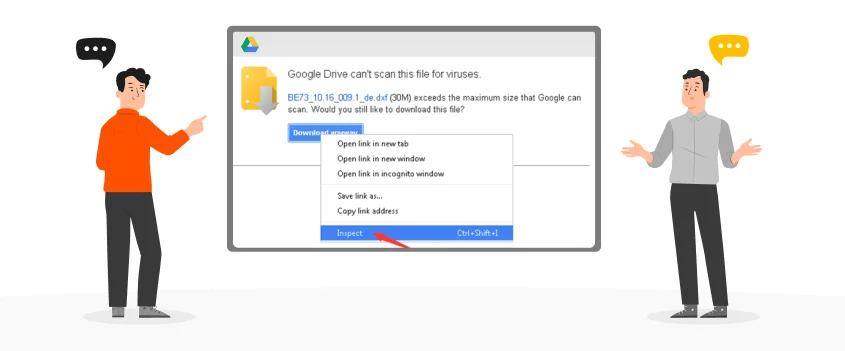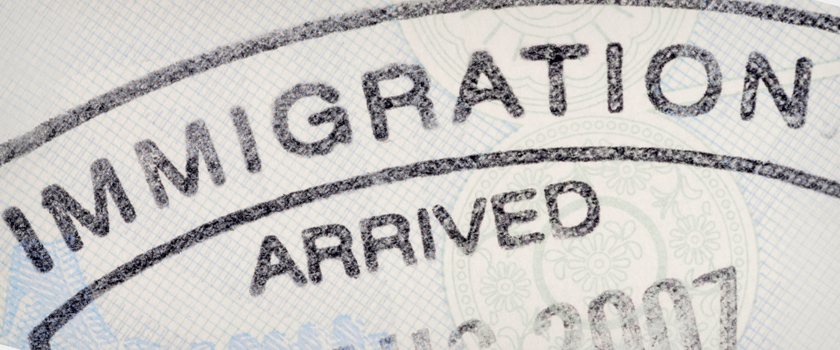2025 Offer Request a Quote Today and Grab a $50 Coupon for Free!
Did you know that there are approximately 7117 languages spoken in the world today, but only 23% of them account for more than half of the world’s population?
These might be the statistics on natural languages, but what about the ones that are created artificially? Termed as artificial languages, or constructed languages, these have been created by humans and language creators believe these languages will ultimately bring world peace and clearer thinking.
Johann Martin Schleyer, a German priest, was the pioneer of artificial languages when he created Volapük in 1879. Although the creation of this language gave birth to numerous clubs and communities and became the officially spoken language of almost 210,000 speakers in many countries, owing to its phonetics and cumbersome grammar, it failed to survive. Consequently, a conference in Paris was held which ended up on an agreement to discontinue this artificial language. Soon after, Esperanto, another language by a Polish ophthalmologist Ludwik-Lejzer-Zamenhof was founded and became so popular that it was adopted by labor programs in Europe. UNESCO even went as far as to direct schools and colleges to teach Esperanto, and even church masses began to be held in this language in 1981.
There are many other languages besides Esperanto that made it big but soon died because of being “artificial”. Read on to find the classifications and the artificial languages that emerged over time.
Since the beginning of civilization, languages have been used as a means to communicate and build relationships among individuals. While there is no doubt that a language progresses with time and use, the expressions in those languages grow and alter according to the environment, absorbing multiple linguistic effects. A comparison between natural and constructed languages suggests that natural languages gradually develop their grammar, phonologies, and terminologies over time for usage, while constructed or artificial languages are created by humans are developed for a particular reason. Natural languages consist of a group of local speakers whereas constructed languages don’t have native speakers at all. Natural languages evolve over time—they pass through generations, while constructed languages serve a particular purpose for a short time.
Artificial languages are classified according to two main factors. The first one is classification on the basis of the goal of creation and the second one is the classification on the basis of structure. In the first type of classification, the actual aim of the language is described. For instance, “engineered languages” are created for a particular purpose, auxiliary languages are made for the assistance of communication instruments, and “artistic languages” serve the purpose of supporting fiction.
The classification on the basis of structure deals with the body of constructed languages which depends on a variety of elements borrowed from the existing languages—the quantity and the author. For example, “posteriori languages” use components from present languages and creates their own linguistic core on traditional terminology, grammatical guidelines, and body of sentences.
The artificial languages have also been created for some scientific reasons as well. In 1955, James Cooke Brown, an American sociologist tested the theory that a language creates incomplete thoughts and an improved language can encourage better human understanding. Consequently, an artificial language “Loglan” was introduced which is a language without any grammatical errors and consists of 10,000 words. The creation of Loglan opened doors for other languages too, such as “Lincos” which was developed in 1960 with an aim to provide help in communication with foreigners.
‘Solresol’ is a very interesting artificial language made for artistic purposes. In 1817 Jean François Sudre, a French music teacher designed Solresol. The special thing about this language is that it’s based on sound. Its words are comprised of many syllables and notes based on a musical scale that can be played, whistled, or sung through devices. “Nadsat”, language used in Anthony Burges’s A Clockwork Orange and “Newspeak” from George Orwell’s 1984 greatly impressed the people. Although a number of languages have been created over time, some of them failed while the other survived. Nevertheless, Solresol and Nadsat made their marks on readers’ minds and were adopted by many people as a form of informal communication.
Developed by L.L. Zamenhof, Esperanto is an artificial language developed in the 19th Century. Zamenhof wanted to create a language that could be used globally as a second language. Having been developed on simple phonetics, Esperanto was well-liked by the public and is used by almost 2000 people as a local language and 2 million across the globe. In 1954, it was recognized by the United Nations as an internationally constructed language and was also nominated for a Nobel Prize in Literature. This is why this language boasts of successful history, as it had been used by narrators in World War II.
Artificially constructed languages become a hit when they are adopted by TV shows, films, and movies, owing to the massive fan following of these entertainment sources. Some of these languages have made unmatchable marks of success in the world and are still in use today. Dothraki is one such language. Known as one of the most popular fictional languages, Dothraki was created by George R.R. Martin in his book series A Song of Ice and Fire. Owing to its extensive vocabulary and grammar, it was deemed perfectly suitable for HBO’s show “Game of Thrones”. Just like natural languages, Dothraki is also growing with respect to the number of its speakers.
After Dothraki, David Peterson, the man tasked with the responsibility of adapting the language for TV shows also developed other languages. One of these is High Valyrian, the mother tongue of the legendary character Daenerys Targaryen. High Valyrian is the language of higher education in fictional cities of Westeros and Esos. Peterson created byproducts of High Valyrian as well by keeping in mind the requirements of the show. This High Valyrian became such a huge hit that it has been made available on the language learning platform Duolingo for enthusiasts willing to learn about the fictional world created by George R.R. Martin.
Klingon is probably the most successful conlang among all these languages. Used by the world-famous Star Trek series, films, and books, Klingon was created by Marc Okrand, an American linguist. It consists of multiple dictionaries and became a real language after he introduced its expanded vocabulary and grammar. Marc Okrand is the author of the language Vulcan for the same franchise and also produced Atlantean for Disney’s Atlantis—A Lost Empire. The language has reached such heights of glory that a whole institute by the name of “Klingon Language Institute” is present in the USA since 1992. Not only that, but it is also available on Duolingo for learning by the masses.
Every new invention comes with its own set of controversies and criticisms. Artificially constructed languages are no exception. The popularity of some artificial languages such as Dothraki had been so huge that many people adopted its expressions (such as Valar dohaeris) in daily life, while more than 500 baby girls were named “Khaleesi” in the USA in 2018. The controversy that arose was the question of the intellectual property rights of these languages. Many of the critics asked whether an individual or a legal person was allowed to have the copyrights of these languages. Another controversy faced by these languages arose when it began to be questioned whether it was possible to have local speakers of constructed languages or not.
The question that arises after taking a look at all the languages is—who translates them? The translation of artificial languages can be tricky—but are extremely critical and important. Where the natural languages are easy to translate with the help of native speakers, artificial languages are difficult to interpret and translate owing to no native speakers present. As these languages have only a “limited” number of people understanding it, the communication in these languages becomes a tough task. Nevertheless, a reliable translation agency can do the job for you—all you have to do is to provide the text you want to translate and wait for the translation agency to deliver the translation in your favorite artificial language. Another way by which it becomes easier to understand the artificial language is through the use of Duolingo—the popular language-learning platform that has a ton of languages to download and learn.
Whatever the language may be, the truth surrounding the language remains as clear as a day—a language serves the purpose of communication and correspondence. An enthusiast is willing to learn any language, be it a natural or artificial one, need to have the proper resources to do so. More importantly, it is crucial to have a “hunger” to learn the new language. Without that motivation and willingness to learn, it would be difficult to learn and speak a new language.

Immigration is the process where you can move to a certain country, of which you don’t have a nationality, in
Read more
When it comes to the world of the medical profession, accuracy is one of the most crucial aspects. Especially when
Read more
The testament is a form of document that the author has declared to be true. Not all forms of testaments
Read more
In the previous article, we have introduced how to get direct link from Google drive, but if the file that
Read more
When you use the online file conversion function of Mars Translation, you can directly upload the OneDrive files onto Mars
Read more
A transcript is not only a copy of a student’s permanent academic record but also a written record of the
Read more
You know that with the raising standards of life, people move where there is more scope and a bright future.
Read more
You are using Court documentation in daily matters. You need the help of court to resolve your matters in an
Read more
Now a day as you know that rights amendments are taken, so in order to make them authentic and legal
Read more

